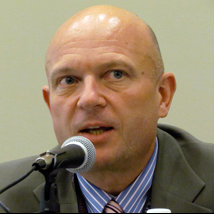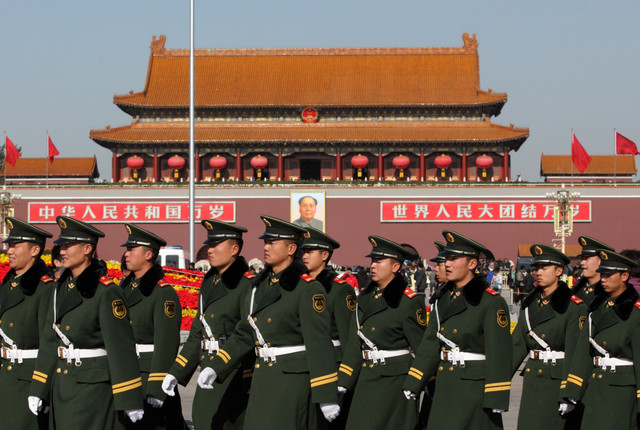You Are an Operational Commander of AQAP Reading the White House Fact Sheet
Along with President Obama's speech yesterday on counterterrorism policy, the White House released a document titled Fact Sheet: U.S. Policy Standards and Procedures for the Use of Force in Counterterrorism Operations Outside the United States and Areas of Active Hostilities.
Published by The Lawfare Institute
in Cooperation With

Along with President Obama's speech yesterday on counterterrorism policy, the White House released a document titled Fact Sheet: U.S. Policy Standards and Procedures for the Use of Force in Counterterrorism Operations Outside the United States and Areas of Active Hostilities. Among other important matters (such as declaring a preference for capture), the Fact Sheet provides "Standards for the Use of Lethal Force," which enumerates criteria that "must be met before lethal action may be taken," and requiring among other things:
2. Near certainty that non-combatants will not be injured or killed.Imagine for a moment that you are an operational commander in al Qaeda or one of its associated forces - Al Qaeda in the Arabian Peninsula, for example. You are working on ways to attack the United States, its allies, or interests; perhaps you are working with AQAP's key bomb-maker, the same who came up with the Detroit Christmas bomber's underwear bomb and the xerox printer cartridge bomb. Imagine that he has managed to come up with a way to implant explosives in a person's body, and you are working on a way to deploy this operationally. You know that you are a possible, indeed likely, target of a drone strike. But you have just read President Obama's speech carefully, and you have also just read the White House Fact Sheet. What would your rational course of action be, given your aims? Readers are invited to state what their course of action would be if they were the AQAP commander in this scenario. I don't want to suggest that the transparency of standards contained in the Fact Sheet is necessarily a mistake. (Although I incline at first blush to agree with Kevin Jon Heller at Opinio Juris that setting so high a standard was a substantive mistake, in part because it is so far from the actual law of war requirements and because it is unlikely that attacks of the kind that this and future administrations will carry out could meet such a standard each and every time, even allowing for reasonable mistakes about "near certainty.") I have been calling for greater transparency about targeting processes and criteria, certainly. But it should be pointed out that (as this thought experiment presumably reveals) transparency about standards such as these involves a not-inconsiderable tradeoff. The public presumably has greater confidence that there is a morally and legally defensible policy in place, on the one hand, because a standard has been publicly stated and it is a high one. But the terrorist leader has equally greater confidence of what conditions will ensure that he is not targeted, on the other. Is the tradeoff worth it? Is it the right one? People can debate that, but it seems clear there is a tradeoff. Yet it should be pointed out that this tradeoff is illustrates a key difference between parties at war and a society at peace. In conditions of peace - that is to say, within a settled society with a legitimate domestic legal order - the rule of law calls for clear and transparent rules and standards, as a matter of justice as well as stability and predictability. Unfettered discretion on the part of legal authority is essentially arbitrary and contrary to the rule of law; even apart from justice, it is often socially inefficient because it raises the transaction costs of having to anticipate and prepare for contingencies. In war, however, uncertainty, unpredictability, and unclarity are often key and desirable characteristics. They are strategically valuable to one side, because it forces the other side to absorb the costs of preparing for uncertain contingencies. It is often one of the chief advantages of being on offense in war. The tradeoff made by the Fact Sheet radically decreases the uncertainties and contingencies faced by the other side, however. It gives a path to avoid precisely the outcome that our side seeks to deliver. And it does so by inviting further illegality under the laws of war, such as using children as human shields, and effectively rewards strategies of illegal shielding. Or so a critic of this kind of transparency might argue. Is the tradeoff in public transparency worth it? Readers are invited to comment.
Kenneth Anderson is a professor at Washington College of Law, American University; a visiting fellow of the Hoover Institution; and a non-resident senior fellow of the Brookings Institution. He writes on international law, the laws of war, weapons and technology, and national security; his most recent book, with Benjamin Wittes, is "Speaking the Law: The Obama Administration's Addresses on National Security Law."




.jpg?sfvrsn=8588c21_5)
